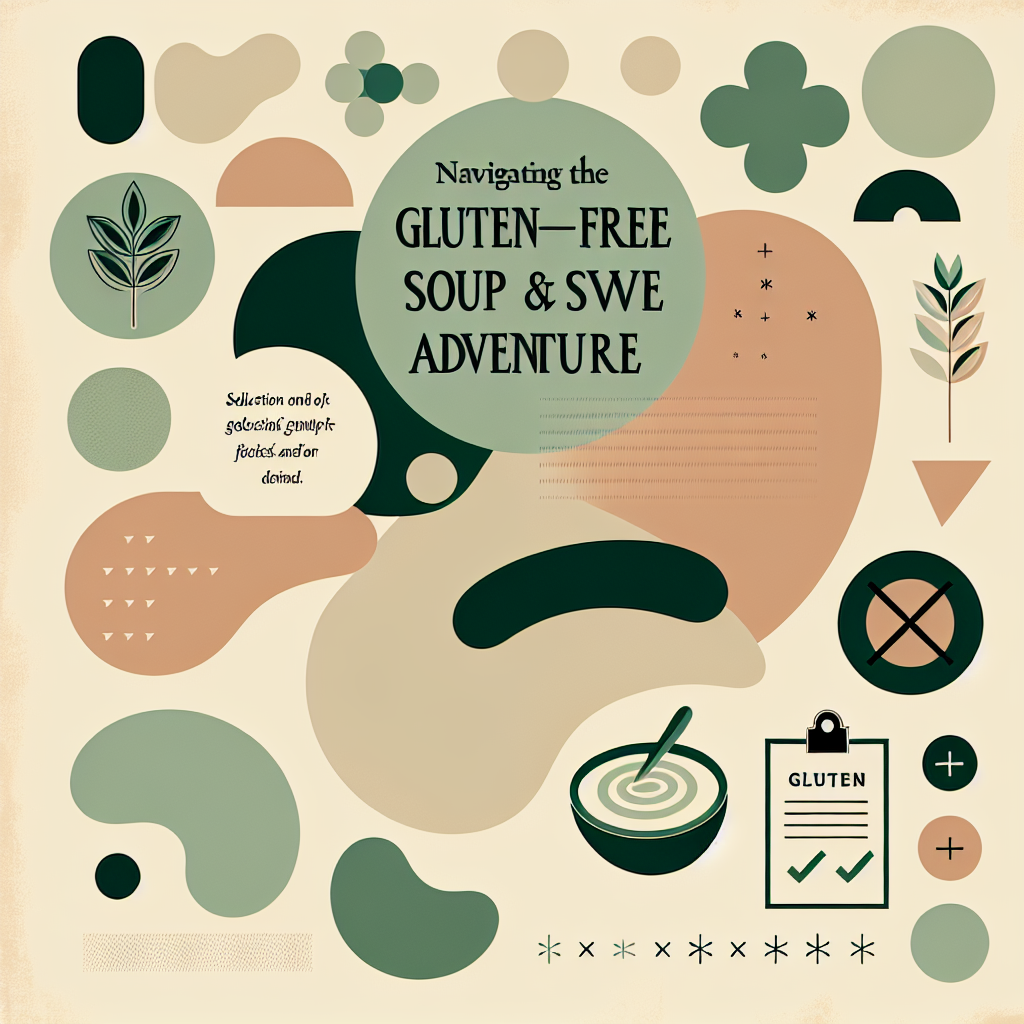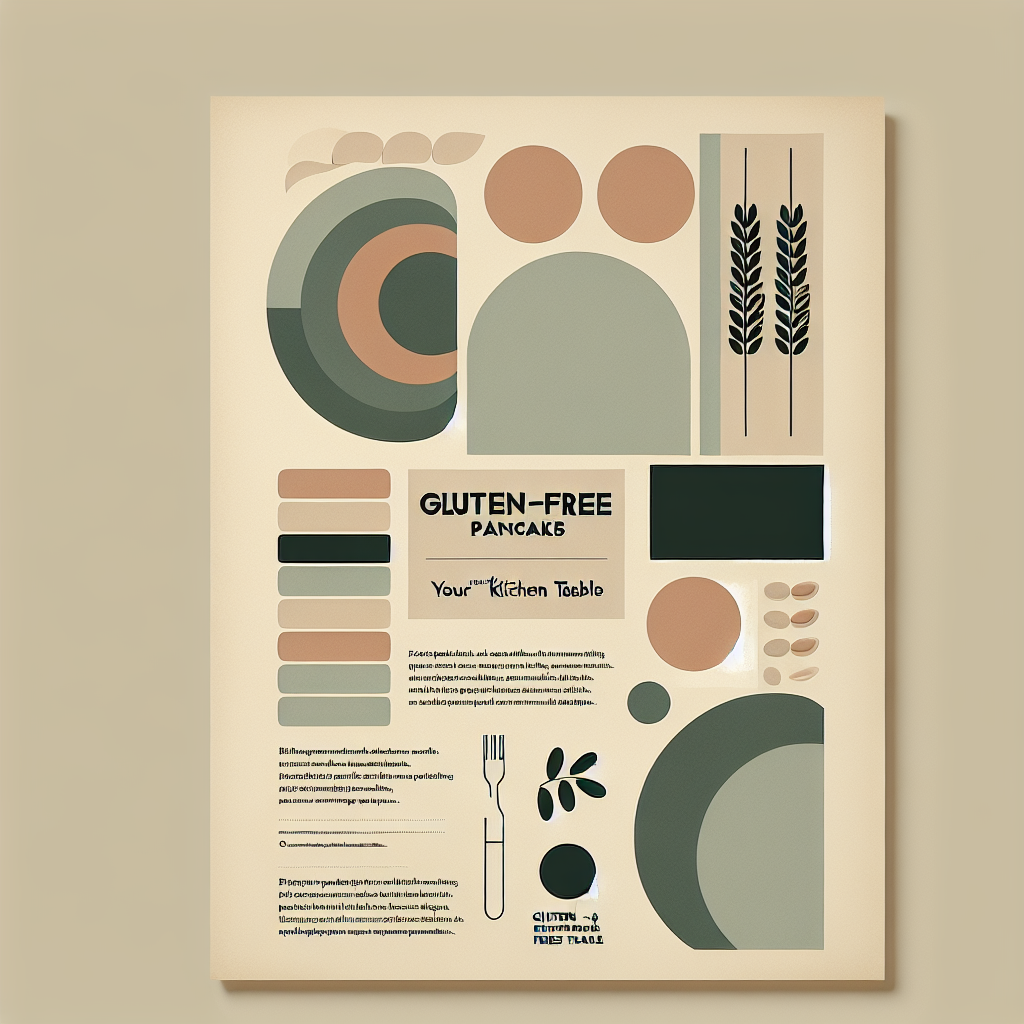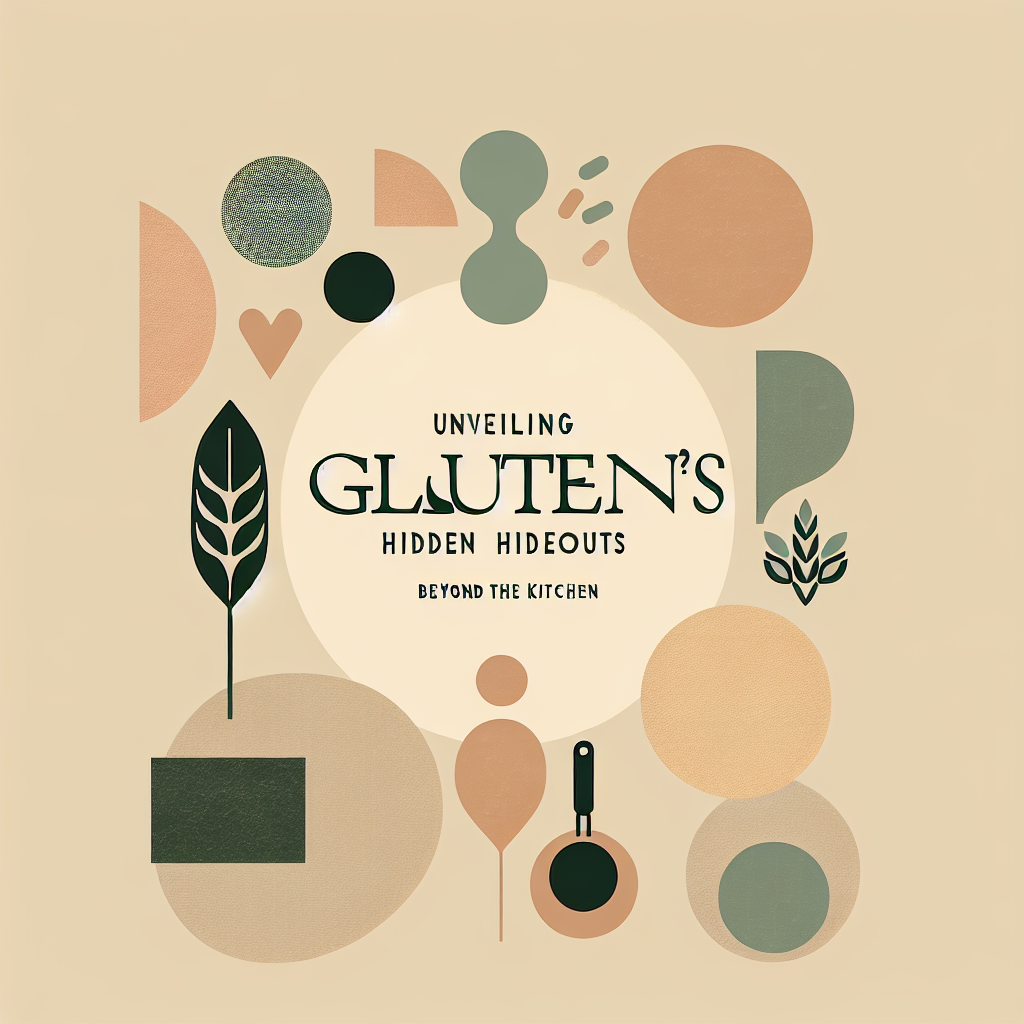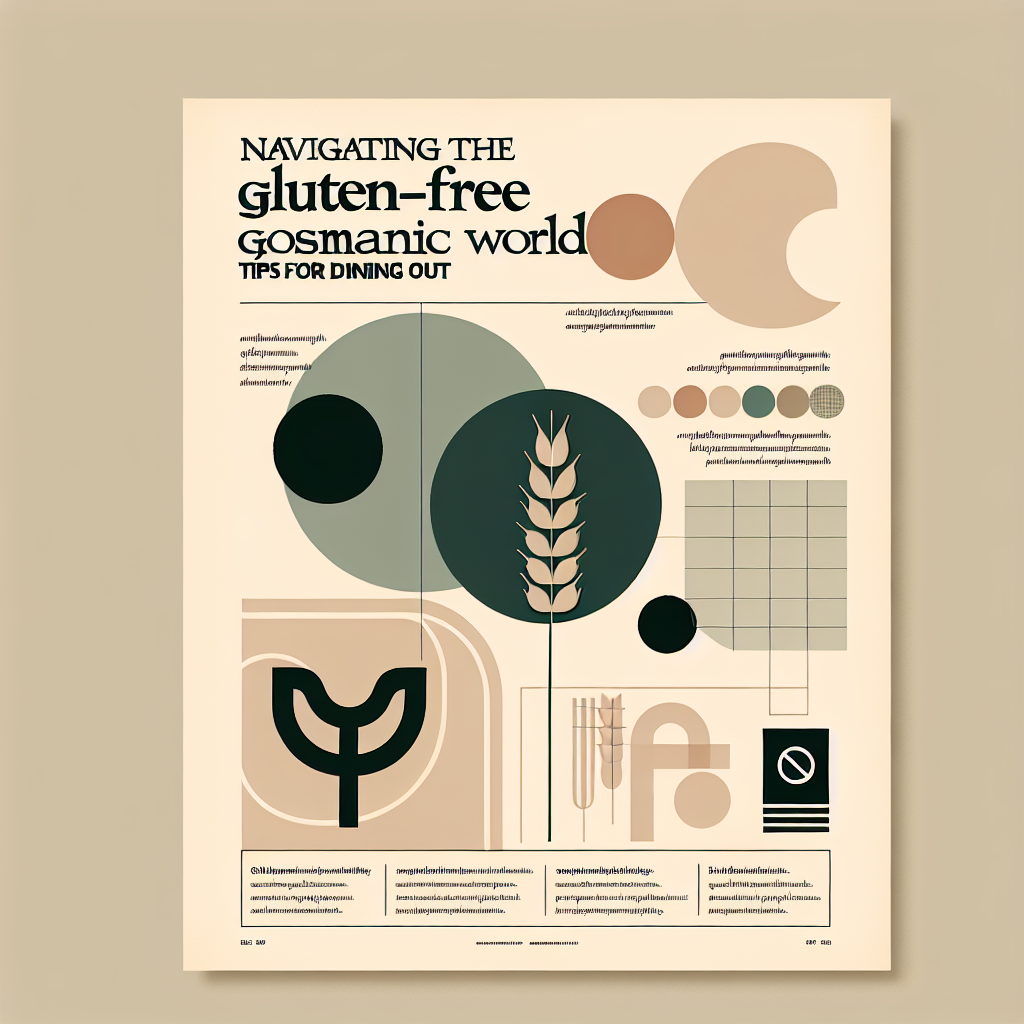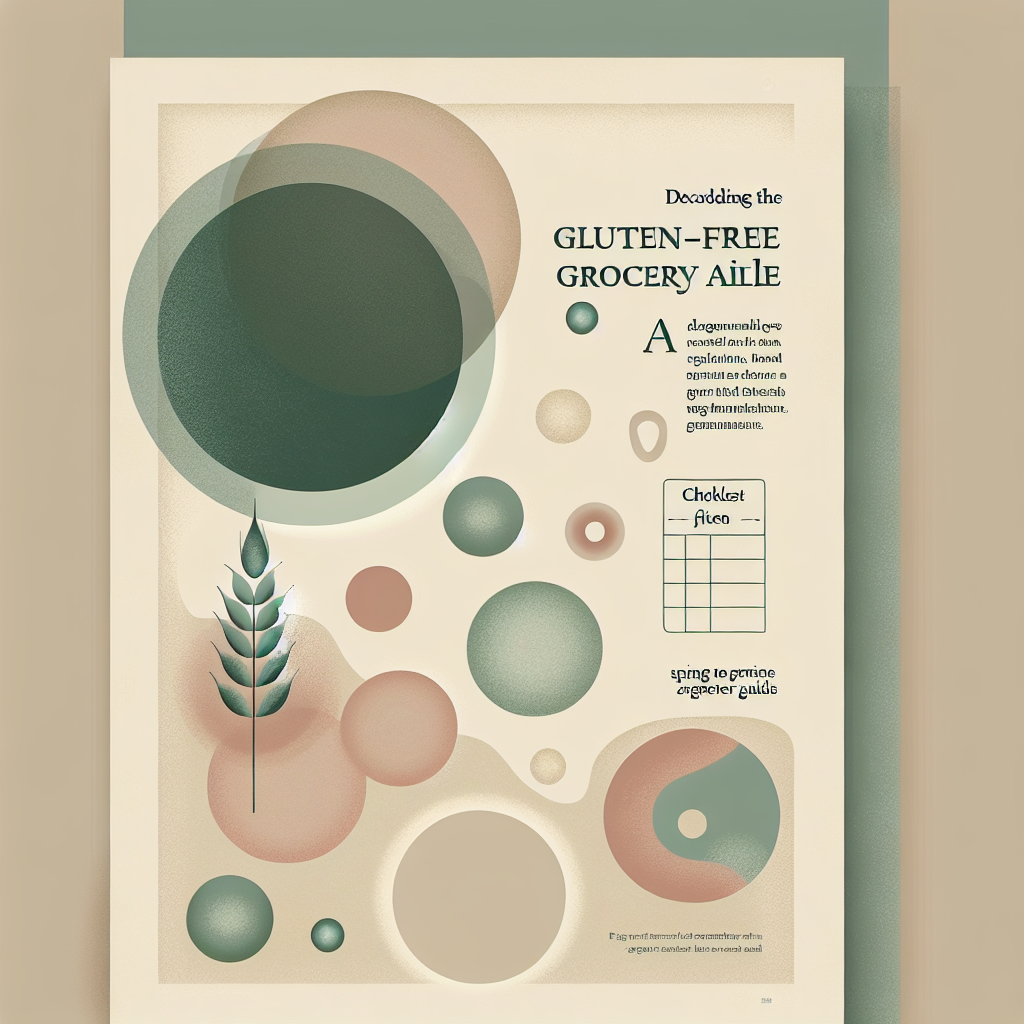Navigating the Gluten-Free Soup and Stew Adventure
I still vividly remember the early stages of my gluten-free journey — like a rookie setting forth into a dense, hitherto unknown forest, armed only with a spark of adventure and a sprinkle of courage — knowing only that I must avoid grains, but having no idea that gluten was hidden in many other, rather unexpected places like sauces, dressings, even lipstick. But you know what? As time went on, I learned. I discovered new things every day, I made a few mistakes, sure, but most important of all: I thrived. It was my experience that led me to write my very first blog post about the hidden sources of gluten. So today, I thought we’d embark on a little adventure together — a culinary adventure, to be precise. We’ve talked about gluten-free meals a ton, but there’s one topic we’ve not, quite surprisingly, dipped our spoons in — our beloved, comforting soups and stews. Regardless of the weather, a hearty bowl of soup or stew can serve as a complete meal, a side dish, or a gentle, warming snack. But navigating the world of gluten-free soup can be tricky. A trip down the canned soup aisle at your local store will quickly reveal that many commercial soups contain gluten ingredients. But worry not! Today, I’ll share some wonderful, tried, and tested hacks to create delicious, wholesome, and 100% gluten-free soup and stew recipes. So, let’s start from the very root: the broth. A perfect soup requires a flavorful base, which is typically a broth or stock. Unfortunately, many store-bought broths contain gluten-based additives used as thickeners. Your safest bet is to make your own, which is pretty simple to do and lets you control all the ingredients. You can use meat, poultry, fish, or vegetables, and all you need is a large pot, some time, and patience. Moreover, it’s a great way to use up leftover bones or vegetable scraps. Just throw them in a pot with some good-quality water, add herbs or spices if you like, simmer it for a couple of hours, strain, and voilà — you have a perfect gluten-free broth! For a step-by-step walk-through, you may want to refer to my tutorial on creating a flavorful broth from scratch. Now, over to the thickening part. Soups and stews often call for a thickening agent, which unfortunately is commonly a gluten product like flour. But fear not — there are numerous gluten-free options at your behest. Cornstarch, tapioca flour or potato starch can be used as good alternatives. I’ve written extensively about gluten-free flour alternatives you may want to check out. Remember to add these towards the end of your cooking to prevent any lumps from forming and stir well. Let’s talk about noodles. Nothing quite spells comfort as a hearty chicken noodle soup does. But how does one keep that essence intact yet make it gluten-free? The answer is simple: gluten-free noodles! I would, however, caution you about one thing. Gluten-free noodles can get quite mushy when cooked for long periods of time. So, make sure your noodles go in last, right before serving. You can also cook them separately and add to individual bowls when serving. What about bread? A good soup and bread combo is comfort food at its finest, isn’t it? Well, with the availability of gluten-free bread options – both homemade and store-bought, you need not forego this classic combo. For novice bakers, our gluten-free bread baking guide can be an excellent starter. Now that we’ve got the basics down, I’d like to leave you with a recipe: my Gluten-Free Hearty Vegetable Soup. It’s packed with fresh veggies, wonderfully warming, and thickened beautifully with gluten-free flours. Ingredients: ▪️ 1 large onion, chopped ▪️ 2 cloves garlic, minced ▪️ 2 carrots, peeled and chopped ▪️ 2 celery sticks, chopped ▪️ 1 bell pepper, chopped ▪️ 1 can of diced tomatoes ▪️ 1.5 cups of gluten-free broth (chicken or vegetable) ▪️ Salt, pepper, paprika to taste ▪️ 2 tablespoons of gluten-free flour or cornstarch for thickening Instructions: 1. Sauté onions, garlic, carrots, celery, and bell pepper for a few minutes until tender. 2. Stir in flour, add tomato and broth, simmer for 20 mins. 3. Blend half the soup for a thicker consistency. Return to pot, heat and serve. There you have it. With a little planning and smart choices, you can enjoy a vast range of soups without worrying about hidden gluten or cross-contamination. Keep connected with me on this adventure, share your experiences, your tweaks, and your favorite gluten-free soup and stew recipes. Till our next culinary exploration, stay jolly, stay gluten-free! **Category: Baking & Cooking Science**

